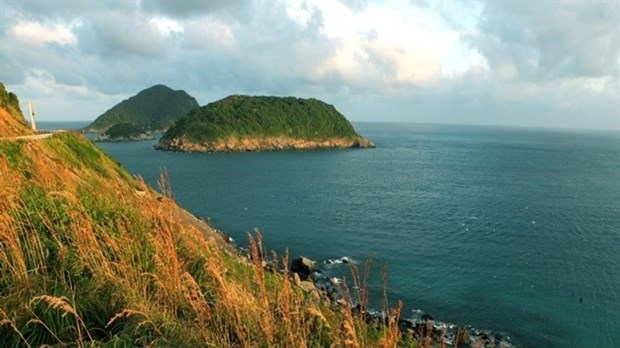Ba Ria - Vung Tau promotes eco-tourism at national park
The southern province of Ba Ria-Vung Tau has planned to establish 17 eco-tourism areas under a tourism development project at its Con Dao National Park until 2030.
The southern province of Ba Ria - Vung Tau has planned to establish 17 eco-tourism areas under a tourism development project at its Con Dao National Park until 2030.
The project includes ecological, leisure and entertainment areas at the national park.
The authority of Con Dao island will promote eco-tourism and raise public awareness about the locality’s natural, cultural, historical and humanitarian values through tourism activities.
Park Director Nguyen Khac Pho said the park is pioneering eco-tourism in combination with nature education. It will work with local authorities and agencies to enhance forest and maritime resource preservation, and build a database on forest resources, along with a map of natural resources.
The province expects the new activities will attract more investment in tourism in Con Dao.
The 16-island archipelago of Con Dao is located at 180km from Vung Tau city, and about 230km southeast of Ho Chi Minh City. It has a land area of nearly 6,000ha and water surface of 14,000ha.
It is well known for its beaches with white sand, deep blue water and colorful coral reefs. French colonialists and the Americans turned the island into a prison to jail Vietnamese revolutionary soldiers in wartime. The former prison facility has attracted many local and foreign visitors in recent years.
The national park is home to 1,077 species of vascular plants and 155 species of fauna. Many bird species in Con Dao cannot be found anywhere else in Vietnam, such as the red-billed tropicbird, masked booby, and pied imperial pigeon.
Surveys conducted by the Nha Trang Institute of Oceanography found more than 1,300 maritime fauna and flora species, including 44 in Vietnam’s Red Data Book, in the park. Con Dao is home to a small population of dugongs that are vulnerable to extinction worldwide.
Con Dao National Park is also an important nesting place for olive ridley sea turtles and hawksbill sea turtles, two species threatened with extinction globally.
The national park, a Ramsar site of wetlands of international importance, has more than 340 species of corals and is one of the richest and most diverse coral reefs in the country.
However, many of its reefs suffered from bleaching and died on a large scale because of rising sea temperatures in 1998, 2010 and 2016 and because of low salinity in 2005.
Many of the affected reefs could not recover naturally./.









